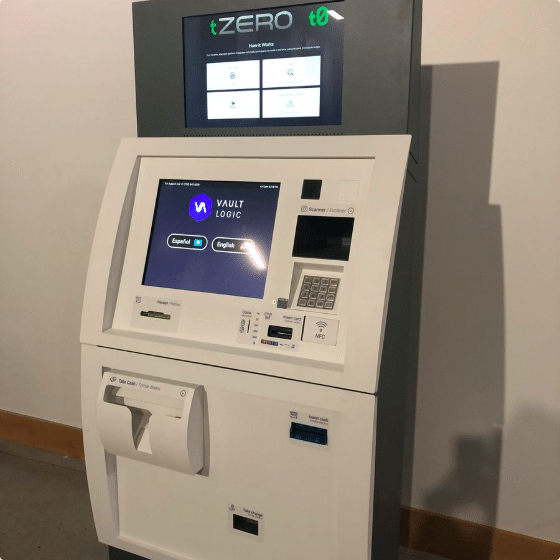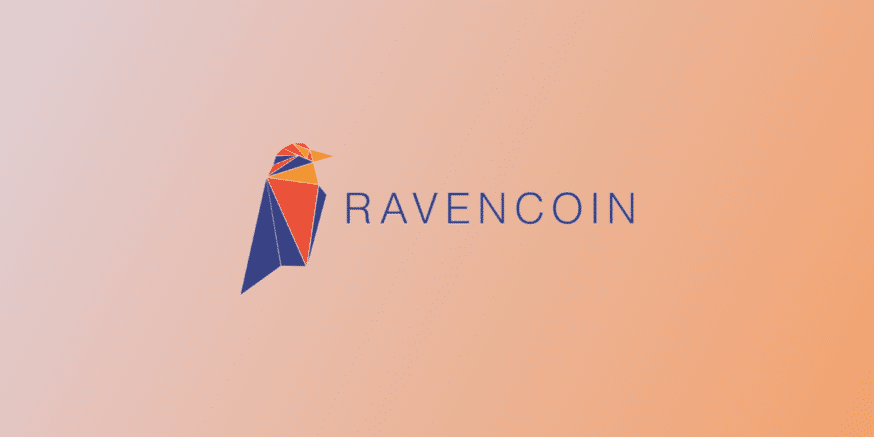Ravencoin is a blockchain specifically dedicated to the creation and peer-to-peer transfer of assets. Just as Monero is solely focused on privacy, Ravencoin specializes in asset transfer – nothing more, nothing less.
Although you can exchange assets over other blockchains, like Bitcoin and Ethereum, that’s not their intended purpose. And the lack of specialization leads to problems that are specific to transferring assets. Ravencoin enables you to create and trade any real-world (e.g., gold bars, land deeds) or digital (e.g., gaming items, software licenses) assets on a network with only that in mind.
In this Ravencoin Beginner’s Guide, we dive into all you need to know about the project including:
- How does Ravencoin work?
- Ravencoin team & progress
- Trading
- Where to buy RVN
- Where to store RVN
- Conclusion
- Additional Resources
How does Ravencoin work?
Ravencoin is a fork of Bitcoin and therefore uses Bitcoin’s UTXO model. But before we get more into the architecture, we should first examine why the current blockchain asset solutions have their limitations.
The Current Limitations
As you probably already know, putting assets on the blockchain isn’t anything new. Counterparty, on top of Bitcoin, has been an option since 2014. And there are plenty of token standards available using Ethereum – ERC20, ERC721, and ERC223, to name a few.
Attaching assets to those parent blockchains improves security, but has significant downsides. With Counterparty, for example, assets are connected to standard Bitcoin transactions. To exchange an asset, you’re required to spend enough of the base currency (i.e., bitcoin) for the associated transaction to go through. If network fees are high, that exchange is costly.
Additionally, these networks don’t protect against common issues that occur with asset transfers. Looking at Ethereum now: You may unknowingly hold a certain token type like ERC20. If you send that token to the wrong exchange or certain wallet, the underlying asset may be destroyed.
Ravencoin vs. Bitcoin | The Differences
Although Ravencoin is a Bitcoin fork, it operates on its own blockchain. There are four main differences between the two networks:
- Issuance schedule: The Ravencoin mining reward began at 5,000 RVN whereas Bitcoin started with 50 BTC.
- Block time: At one minute, Ravencoin’s block time is one-tenth of Bitcoin’s.
- Coin supply: There’s a total supply of 21 bln RVN vs. 21 mln BTC.
- Mining algorithm: Bitcoin implements the SHA-256 hashing algorithm whereas Ravencoin uses X16R. This algorithm prevents ASIC mining.
Unlike the majority of projects currently in the industry, Ravencoin didn’t hold an initial coin offering (ICO), started without a pre-mine, and doesn’t keep any RVN in a founders pool.

Asset Creation & Transfer Process
To create an asset token, you’re required to burn some RVN and provide a token name. This name must be unique. After that, you set the number of tokens, how many decimal places they have, and whether or not you can issue more in the future.
Simple tokens like this are the bare bones of the platform. On top of that foundation, there are a few different token types that Ravencoin provides:
Rewards
You can distribute RVN rewards to holders of your token. The use-cases for these rewards range anywhere from customer loyalty points to a company’s dividends.
Unique Tokens
Unique tokens cannot be replicated and help to prove authenticity. Although this token type was made popular with Cryptokitties, their value expands beyond digital collectibles.
Unique tokens are beneficial in any instance in which you need proof of ownership. Software licensing, fine art collecting, and car registration are just some examples of assets that would use these tokens.
Non-Asset Tokens
Ravencoin includes specialized tokens to provide non-asset functionality as well.
Active communication channels are necessary for many token-based systems. To facilitate these channels, Ravencoin layers specialized communication tokens on top of the assets that you hold. Because the communication tokens are linked to the assets, only asset holders receive the messages.
Ravencoin implements the same methodology for voting. To initiate a vote, you notify token holders through the messaging system. And with the message, you pass along a VOTE token. Token holders then redeem their VOTE to… well, vote.
[thrive_leads id=’5219′]
Ravencoin Team & Progress
Ravencoin doesn’t have an established team. It’s an open-source project led by the core developers: RavoncoinDev, Tron, and Chatturga (discord usernames). Bruce Fenton, Board Member of The Bitcoin Foundation, advises the team.
The core developers launched Ravencoin on January 3rd, 2018, the ninth anniversary of the launch of Bitcoin. And Fenton kicked off the launch with a Tweet announcing the start of mining.
Binaries are in place at https://t.co/AOV68LtRNU you can begin mining Ravencoin https://t.co/caznogtS6N
— Bruce Fenton (@brucefenton) January 3, 2018
The project gained some notoriety when Overstock CEO Patrick Byrne announced that his company had made a multi-million dollar investment into the team. Since then, the team has been building out the core functionality of asset support and rewards capabilities.
Competitors
Tokenizing assets has been popular for a while now and several projects are providing similar functionality to Ravencoin. As mentioned earlier, platforms like Ethereum and Waves give you the ability to create tokens. However, tokenization isn’t the focus of those platforms.
Counterparty is one of the most popular token platforms, but it’s tethered to the Bitcoin network. This connection can either be a strength or weakness depending on who you talk to.
Projects like WAX and Enjin Coin offer tokenized digital assets but target the online gaming industry, while Polymath is in the same boat, targeting securities.
The most similar project to Ravencoin is Bytom. Both teams have aligned missions and the platforms support almost identical functionality for the end-user. They do have their differences, though. Bytom held an ICO and allows ASIC mining on the network. In fact, its white paper encourages it.
Trading
Because Ravencoin is a relatively new project, there isn’t many trading data to analyze.
The RVN price has jumped up twice in its history. The first spike occurred at the end of March to reach an all-time high of ~$0.07 (~0.000009 BTC) while the second was at the beginning of May. Both times, the growth was short-lived as the price slowly fell back to pre-spike levels. It’s unclear what could have caused the bump in price at these times.
The price has been reasonably stable at about $0.022 (~0.000003 BTC) throughout the middle of June.
The release of the Ravencoin mainnet and increase in activity on the platform should help the price. Any news of notable companies or financial institutions utilizing the platform should also have a positive effect.
Where to Buy RVN
You have two options to acquire some RVN: mining and buying on an exchange.
If you’re interested in mining, you should join one of the mining pools that the Ravencoin team has listed in their Bitcointalk forum. They also have an extensive mining guide on their Wiki.
Unfortunately, the short time that the project has existed means that there’s a limited amount of exchanges that support it. Your best bet is to purchase it with Bitcoin on CryptoBridge or Nano on Nanex.
If you’re in China, you also have the option to buy RVN with CNY on QBTC.
Where to Store RVN
You have a few options on where to store your RVN.
The development team provides a desktop wallet as well as an Android wallet. An iOS wallet is currently in progress. The team is also working with Jaxx, Coinomi, and Ethos, so those will likely be options soon.
Additionally, you can use the PocketRaven online wallet or even the paper wallet generator available on Github.
Conclusion
Whereas most blockchain projects try to promise the world, Ravencoin offers just one thing: tokenized asset transfer. And that singular focus isn’t a bad thing. When projects attempt to solve a bunch of problems at once, they often create a bunch of half-baked solutions. Ravencoin is avoiding that.
As a young project with seemingly endless competition, it’s difficult to predict how successful Ravencoin will be. An active community and backing from one of the most respected names in online retail are positive indicators, though. There’s a clear trend toward the tokenization of all types of assets. However, we have yet to see whether or not Ravencoin will be leading that change.
Additional Ravencoin Resources
Never Miss Another Opportunity! Get hand selected news & info from our Crypto Experts so you can make educated, informed decisions that directly affect your crypto profits. Subscribe to CoinCentral free newsletter now.










